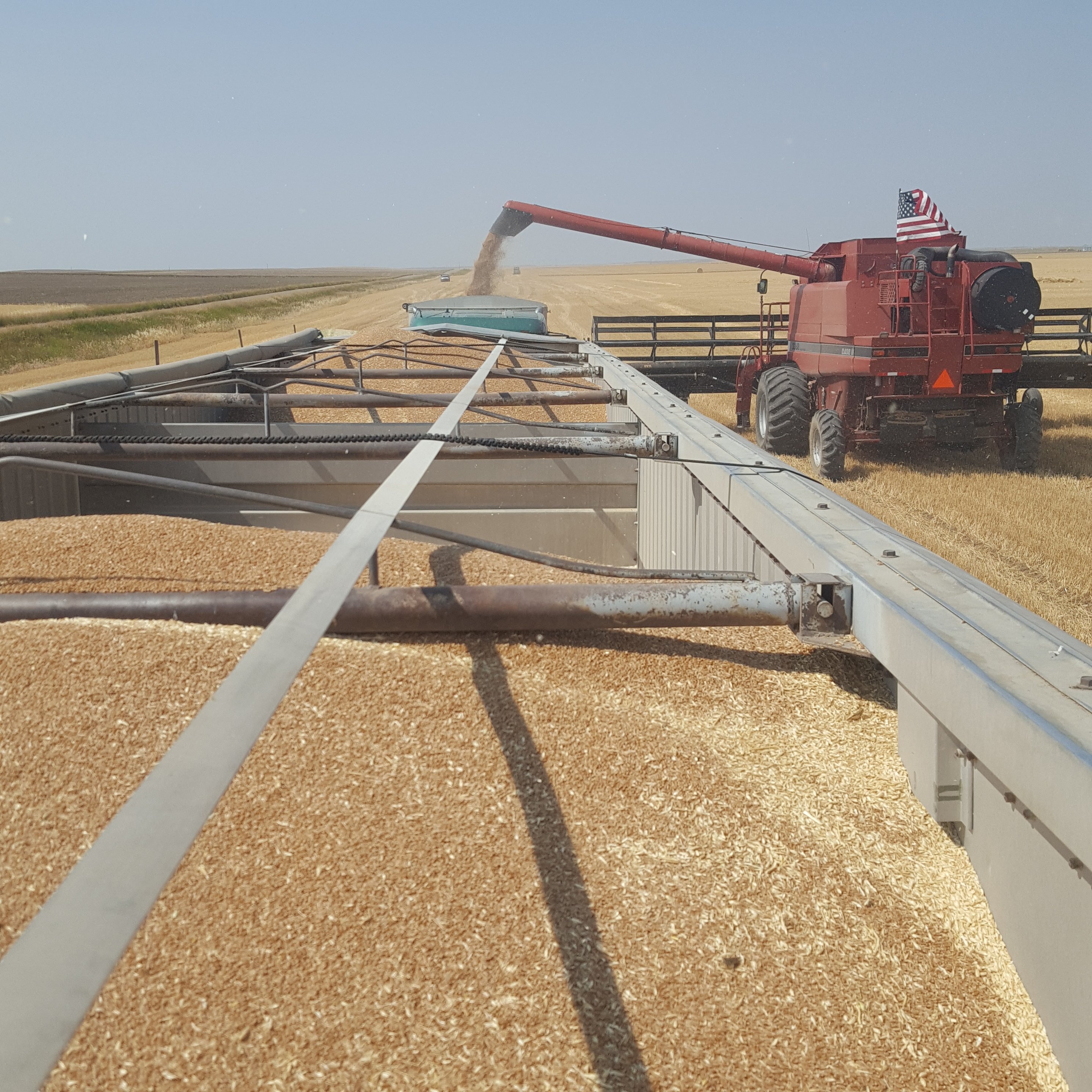Some of you know that I’m a grain farmer. We’re harvesting spring wheat right now. Here’s a few photos of the day’s activities. My son and oldest grandson are in the combines; I’m the truck driver.

















We haven’t had much of a sawfly problem here for the last 5 years, or so. The little critters seem to come and go in cycles, though not as regular as grasshoppers or cicadas. We also have quite a few sawfly-resistant or -tolerant wheat varieties which are well adapted to this areaAre you having any problems with sawflies up there? They were really bad here this year and had a large impact on the yields.
![Craft A Brew - Safale S-04 Dry Yeast - Fermentis - English Ale Dry Yeast - For English and American Ales and Hard Apple Ciders - Ingredients for Home Brewing - Beer Making Supplies - [1 Pack]](https://m.media-amazon.com/images/I/41fVGNh6JfL._SL500_.jpg)










not as regular as grasshoppers
If a farm has enough labor available, that is, a butt for every operator’s seat in every piece of equipment, it’s more impressive to watch. With enough help, the combines don’t stop to unload. A tractor pulling a grain cart (a large wagon which can hold a semi load of grain, or more) pulls alongside the combines as they’re cutting and the combines unload on the go. The grain cart then transfers the grain to the next empty truck to return to the field.Very cool. And so very flat!
Dual combines filling a tandem tractor-trailer rig rolling through the fields must be an impressive ballet to watch
No wonder I needed a beer when I got home.

We have two combines, two semis, and three people. So, one truck is parked at one end of the field and the combines have to stop cutting long enough to pull up to the truck to unload. The other truck is is on the road to or from the field, or is unloading at one of our two grain bin sites.
I drove grain cart for years. I personally think it’s one of the more stressful jobs in the field.A tractor pulling a grain cart (a large wagon which can hold a semi load of grain, or more) pulls alongside the combines as they’re cutting and the combines unload on the go.
Relax. The newest one is 20 years old; the older one is 30. If you own 2 old combines you can almost count on having at least one of them running at any time.Don't know how I missed the TWO combines last time. Didn't know we had a Rockefeller here.
Don't know how I missed the TWO combines last time. Didn't know we had a Rockefeller here.
That man is outstanding in his field.
You're having a good evening, aren't you, bracc?

That man is outstanding in his field.

That man is outstanding in his field.




I'm glad that people don't eat peas like you.
1. Sometimes. It depends on the growing season and harvest conditions. Our combines use a rotor to thresh the crop, as opposed to a cylinder. Rotary combines tend to shred the straw into small enough pieces that a baler can’t pick up the straw and compress into a bale. This year, I think because our growing conditions were favorable to producing stronger straw, we did save the straw from about 500 acres of wheat. A neighbor who is a rancher is putting up the straw in large round bales to use this winter for livestock bedding.@grampamark
A few questions for you when you have time,,
1). Is there any straw harvest?
2). Cover crop? if so with what?
3). Crop rotation? if so with what?
Thanks & Cheers,
Joel B.